Many of us have never heard of the term “reflex incontinence”. However, it can be one of the most frustrating types of incontinence to live with.
The North American Nursing Diagnosis Association defines reflex incontinence as “an involuntary loss of urine at somewhat predictable intervals, whenever a specific bladder volume is reached”. It is often likened to urge incontinence, as both conditions cause leakage when the bladder may not even be full.
Do I have Reflex Incontinence or Urge Incontinence? Establishing the Difference
Urge incontinence occurs when your bladder goes into an involuntary muscle spasm and you have a strong, sudden urge to urinate. This can happen even if your bladder isn’t full, however, you will have an urge sensation that causes immediate leakage.
Reflex incontinence, on the other hand, is caused by the same type of bladder spasm, however, results in larger amounts of urine leakage. The other key difference is that Individuals with reflex incontinence have no sensation of urge to void or feeling of bladder fullness. As individuals with reflex incontinence have no urgent sensation, this can be frustrating as an individual has no warning before accidents. Interestingly, urine volumes are usually consistent with reflex incontinence.
Have you Experienced Reflex Incontinence? Share your Tips on Our Forum
What Causes Reflex Incontinence?
Reflex incontinence usually occurs in people with a neurological condition or those with a spinal cord problem. There are two types of reflex incontinence: Supraspinal reflex incontinence and spinal reflex incontinence.
Supraspinal reflex incontinence
Supraspinal is when the brain performance is impaired by diseases such as Alzheimer’s, Parkinson’s, Dementia or a stroke. The brain and the bladder consequently do not communicate effectively.

Spinal reflex incontinence
Spinal Reflex incontinence is when the connection from the brain to the spinal cord is interrupted. This is caused by a disease or injury to the spinal cord. Individuals with this condition have no control over the function of the bladder or sphincters.
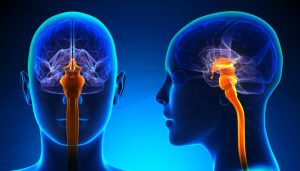
Both types of reflex incontinence involve a dysfunction in the muscle of your bladder, called the detrusor muscle. Even if your bladder is not full, this muscle contracts and squeezes. This signals your body to urinate immediately. The detrusor muscle may be hyperactive or hypersensitive to cause this.
Reflex Incontinence and the Elderly
Many studies suggest that elderly individuals are much more likely to be affected by reflex incontinence, due to the impact of aging-associated diseases. Diseases such as Alzheimer’s Parkinson’s are highly prevalent in older individuals, explaining this link. Cerebrovascular diseases may damage the neurologic pathways involved in maintaining continence. Furthermore, degenerative changes in the central nervous system increase with age. Researcher Magnus Fall states “age-related degenerative and illness-related changes within the cerebrum predispose to bladder dysfunction”. It is not a surprise that epidemiology studies have found a positive association between age and reflex incontinence.

Diagnosing Reflex Incontinence: Do not be scared to visit a Doctor!
The causes and treatment methods of each type of incontinence differ, so it is important to understand which type you are suffering from. Ensure you visit a Doctor and ask for some tests to determine whether you have reflex incontinence. Keeping a bladder diary prior to this is useful so the Doctor can establish links between certain foods/fluids and leakages. To do this, simply keep track of any accidents and the foods and fluids you consumed that day.
You should be prepared for a full physical examination so the Doctor has a better knowledge of your medical history. Don’t be worried about this, it is simply a way for the Doctor to have a clearer understanding of your condition. This will include a cough test to ensure you are not experiencing stress incontinence. You will also be given a urine test to detect a urinary test infection. A blood test, cystoscopy and post-void residual urine assessment will also be required.

Recommended Reflex Incontinence Pants
- Optimum Comfort
- Anti-leakage security and Discretion
- 100% Breathable
- Inner Leg Cuffs
£8.59 to £9.95
- Soft and stretchy design
- Thin and pliable material
- Invisible under normal clothing
£10.70 to £13.50 Buy TENA Pants Maxi
- Features motion-flex technology
- Elasticated legs
- Textile backing
- Pant designs specially for men and women
Starts from £6.59 Buy Depend Active-Fit Underwear
Recommended Reflex Incontinence Pads
- Hydrophobic leg cuffs
- Polyethylene back sheet
- Acquisition layer
£8.02 to £12.63 Buy Lille SupremFit Maxi
- Dry silk soft surface
- Instant comfort
- Specially for women with moderate to heavy incontinence
Starts from £2.38 Buy TENA Lady Maxi Pads
How is Reflex Incontinence Treated?
Most patients with reflex incontinence can be treated successfully by conservative means. This means many individuals with the condition are able to avoid aggressive, surgical treatment. The following are popular treatment methods:
At home behavioural Treatment
At home behavioural treatment is often the top choice of treatment for individuals with reflex incontinence. This can include bladder training, which uses distraction or deep breathing techniques to help you suppress urgent sensations. A Doctor can also recommend scheduled bathroom breaks, which consists of avoiding the bathroom unless schedules. This allows you to extend the length of time you wait before visiting the toilet. Pelvic floor muscle exercises are a healthy, non-invasive way to strengthen the muscles in your bladder. You learn how to do pelvic floor muscles here.
Medication
Spasmolytic drugs are the basis of treatment for hyperactivity or hypersensitivity of the detrusor. If at home behavioural treatment does not work, your doctor may prescribe medications designed to relax the muscles of your bladder to reduce bladder spasms. Tricyclic antidepressants often used to treat depression, are often used as an effective muscle relaxant. Additionally, conjugated estrogen can be used for women. This is inserted around or into the vagina, helping to increase the tone of the urethra muscle. This enhances the strength of the pelvic floor muscles. Anticholinergics and antimuscarinics are designed to relax the muscles of your bladder and reduce bladder spasms that occur during reflex incontinence.

Incontinence Surgery: The Last Resort
If other methods are unsuccessful, more drastic surgical interventions are sometimes necessary.
Artificial Sphincter: When men have a problem with sphincter malfunction, an artificial sphincter is recommended.
Slings: Sling procedures can be done to either cradle the bladder neck and urethra for support, or to lift up the bladder neck and to take pressure off your bladder.
Cystectomy: For those with uncontrollable hypersensitivity of the detrusor, cystectomy followed by bladder substitution should be performed as a last resort.
An alternative method of treatment is called electrostimulation, the stimulation of the afferents of the pudendal nerve, via the pelvic floor.

Other Types of Incontinence
- Stress Incontinence- leaks occur when pressure is placed on the bladder. Individuals with stress incontinence may leak when coughing or laughing.
- Urge Incontinence- this is when you have a sudden need to urinate. Your bladder goes into an involuntary muscle spasm.
- Overflow Incontinence- the bladder does not empty completely, meaning you can experience leaks straight after visiting the bathroom.
- Mixed Incontinence- a combination of both stress and urge incontinence.
Originally posted 2018-03-16 16:58:56.


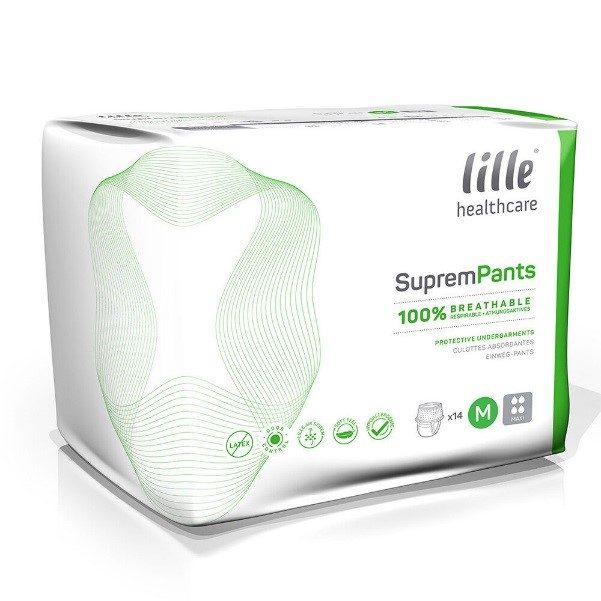
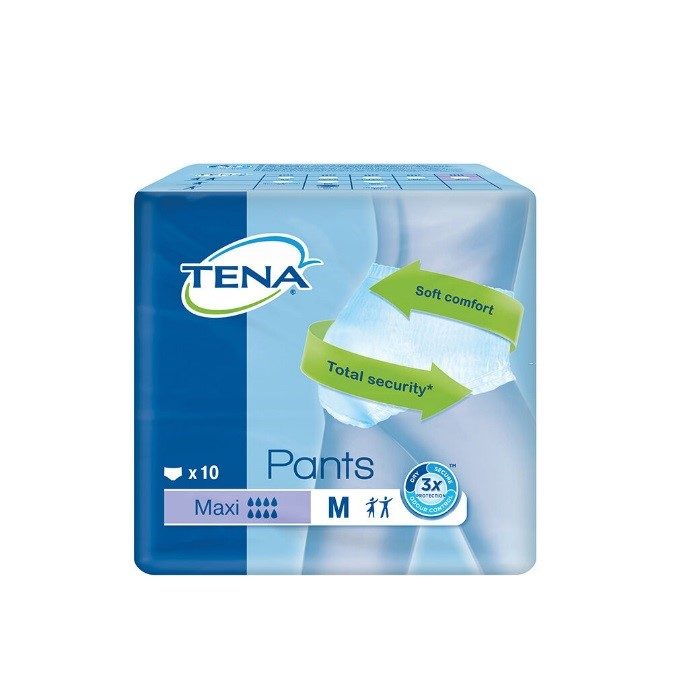
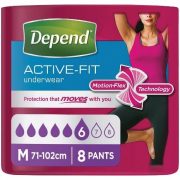
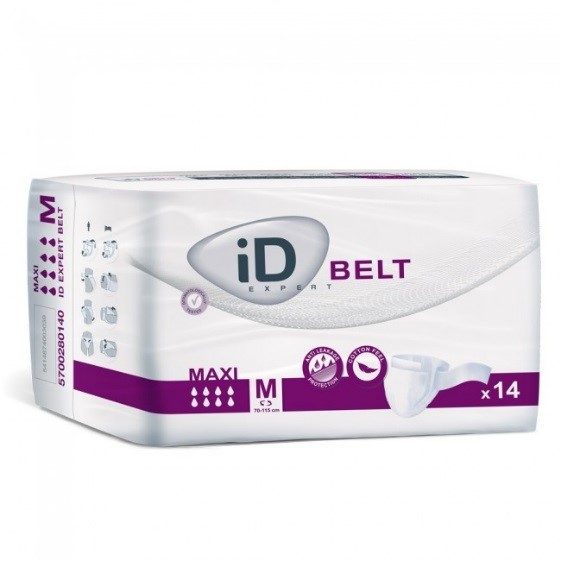
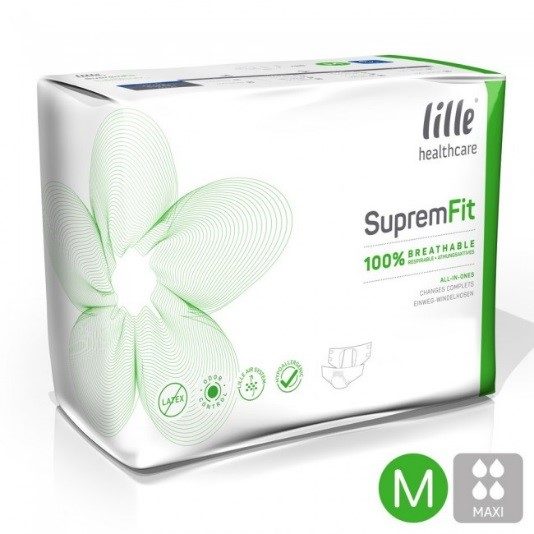
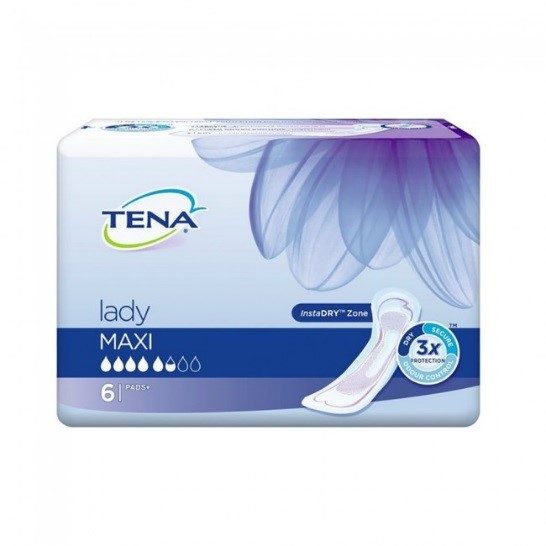











Leave a Reply